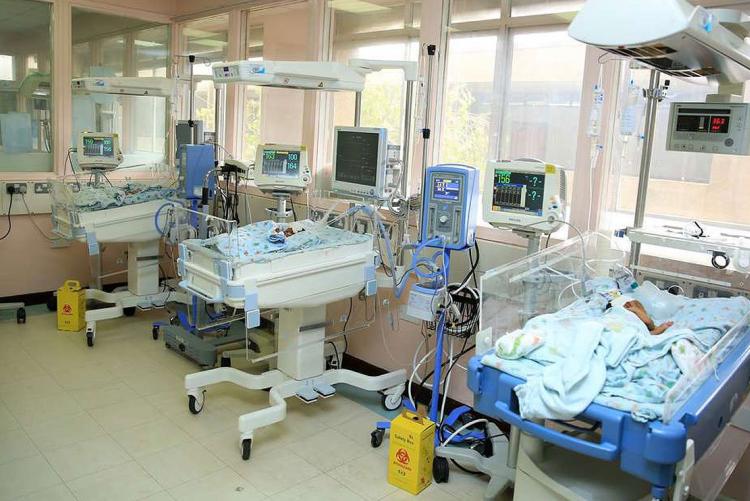Grace Irimu, Jalemba Aluvaala, Lucas Malla, Sylvia Omoke, Morris Ogero, George Mbevi, Mary Waiyego, Caroline Mwangi, Fred Were, David Gathara, Ambrose Agweyu, Samuel Akech and Mike English
Background Most of the deaths among neonates in low-income and middle-income countries (LMICs) can be prevented through universal access to basic high-quality health services including essential facility-based inpatient care. However, poor routine data undermines data-informed efforts to monitor and promote improvements in the quality of newborn care across hospitals.
Methods Continuously collected routine patients’ data from structured paper record forms for all admissions to newborn units (NBUs) from 16 purposively selected Kenyan public hospitals that are part of a clinical information network were analysed together with data from all paediatric admissions ages 0–13 years from 14 of these hospitals. Data are used to show the proportion of all admissions and deaths in the neonatal age group and examine morbidity and mortality patterns, stratified by birth weight, and their variation across hospitals.
Findings During the 354 hospital months study period, 90 222 patients were admitted to the 14 hospitals contributing NBU and general paediatric ward data. 46% of all the admissions were neonates (aged 0–28 days), but they accounted for 66% of the deaths in the age group 0–13 years. 41 657 inborn neonates were admitted in the NBUs across the 16 hospitals during the study period. 4266/41 657 died giving a crude mortality rate of 10.2% (95% CI 9.97% to 10.55%), with 60% of these deaths occurring on the first-day of admission. Intrapartum-related complications was the single most common diagnosis among the neonates with birth weight of 2000 g or more who died. A threefold variation in mortality across hospitals was observed for birth weight categories 1000–1499 g and 1500–1999 g.
Interpretation The high proportion of neonatal deaths in hospitals may reflect changing patterns of childhood mortality. Majority of newborns died of preventable causes (>95%). Despite availability of high-impact low-cost interventions, hospitals have high and very variable mortality proportions after stratification by birth weight.
https://gh.bmj.com/content/6/5/e004475?rss=1
- Log in to post comments

